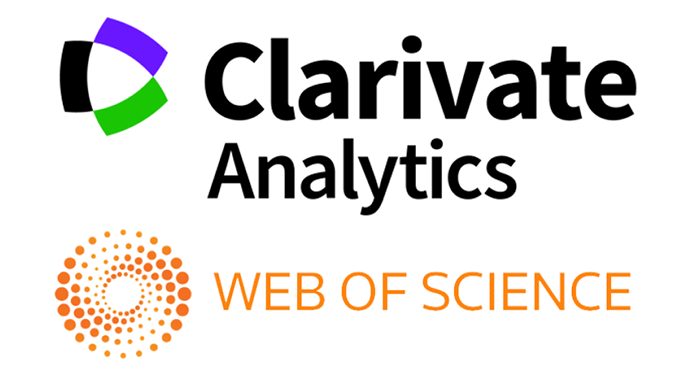PROBLEMS OF THE ACCELERATING EXPANSION OF THE UNIVERSE
Abstract
Observational data from the James Webb Telescope pose significant challenges to the ΛCDM model. This could lead to significant changes to the standard model. The accelerated expansion of the Universe is associated with the redshift of distant objects, and standard cosmology assumes that this redshift is caused by cosmological expansion. In this paper, we consider the alternative possibility that the redshift of distant objects may also be due to the phenomenon of redshift of light in the intergalactic and interstellar media.
References
Adam G. Riess et al., Observational evidence from supernovae for an accelerating Universe and a cosmological constant, Astrophysical journal, 116:1009-1038, 1998 September, p.1009,1020, 1028-1034
S. Perlmutter et al., measurements of Ω and λ from 42 high-redshift supernovae, The Astrophysical Journal, 517 : 565È586, 1999 June 1
Whitaker, Katherine E et al., Predicting Quiescence: The Dependence of Specific Star Formation Rate on Galaxy Size and Central Density at 0.5 < z <2.5, The Astrophysical Journal, 838:19 (19pp), 2017 March 20
Pieter van Dokkum et al., Extensive Globular Cluster Systems Associated with Ultra Diffuse Galaxies in the Coma Cluster, The Astrophysical Journal Letters, 844:L11 (7pp), 2017 July 20
Pieter van Dokkum et al., A high stellar velocity dispersion and ∼100 globular clusters for the ultra-diffuse galaxy dragonfly 44, The Astrophysical Journal Letters, 828:L6 (6pp), 2016 September 1
D. Farrah et al., Ultraluminous Infrared Galaxies at 1.5 < z < 3 Occupy Dark Matter Haloes of Mass ∼ 6 × 1013M⊙ , ASP Conference Series, Vol. 380, 2007
Masanori Sato, Tired Light: An Alternative Interpretation of the Accelerating Universe, 20181225 Revised, 20 Oyamazuka, Oiwacho, Toyohashi, Aichi 441-3193, Japan, 2019, p.2
Lyndon E Ashmore, Calculating the redshifts of distant galaxies from first principles by the new tired light theory (NTL), IOP Conf. Series: Journal of Physics: Conf. Series 1251 (2019) 012007, p.1
Frank R. Tangherlini, A Possible Alternative to the Accelerating Universe I, II, III, IV, Journal of Modern Physics, 2015, 6, 78-87; 2015, 6, 1360-1370; 2016, 7, 1829-1844; 2017, 8, 622.
Riess A. G., et al., The farthest known supernova: support for an accelerating Universe and a glimpse of the epoch of deceleration, The Astrophysical Journal, 560, 49-71. 2001, p.49.
Tonry J. L., Cosmological results from high-z supernovae, The Astrophysical Journal, 594, 1–24, 2003, p.2
David L Wiltshire, Cosmic clocks, cosmic variance and cosmic averages, New Journal of Physics 9 (2007) 377, p.3
David W. Hogg et al. Cosmic homogeneity demonstrated with luminous red galaxies. arXiv:astro-ph/0411197v1 8 Nov 2004, p.1
Sylos Labini F. et al. Testing the Copernican and Cosmological Principles in the local Universe with galaxy surveys, arXiv:1006.0801v1 [astro-ph.CO] 4 Jun 2010, p.1
TULANBOYEVA, D. (2024). INGLIZ TILIDA NOFILOLOGIK YO ‘NALISH TALABALARINING KASBIY KOMPETENSIYASINI RIVOJLANTIRISHNING ILMIY-NAZARIY MUAMMOLARI (KIMYO YO ‘NALISHI MISOLIDA). News of the NUUz, 1(1.8), 175-176.
TURABOV, A. (2024). MUTAXASSIS SHAKLLANISH EVOLYUSIYASINING KASBIY MOBILLIK MODELI. News of the NUUz, 1(1.8), 177-180.
Elyor, U. M. (2024). ISLOM TA’LIMOTIDA AQL, ILM, AMAL SIFATLARI DETERMINATSIYASI. News of the NUUz, 1(1.8), 186-187.
Copyright (c) 2024 News of the NUUz

This work is licensed under a Creative Commons Attribution-NonCommercial-ShareAlike 4.0 International License.


.jpg)

1.png)







